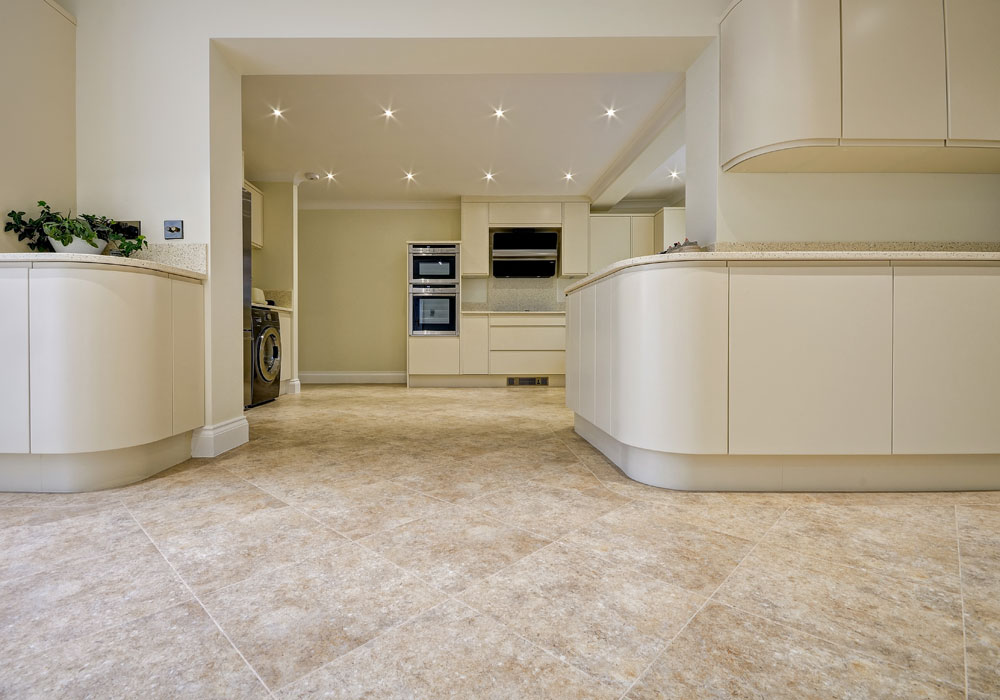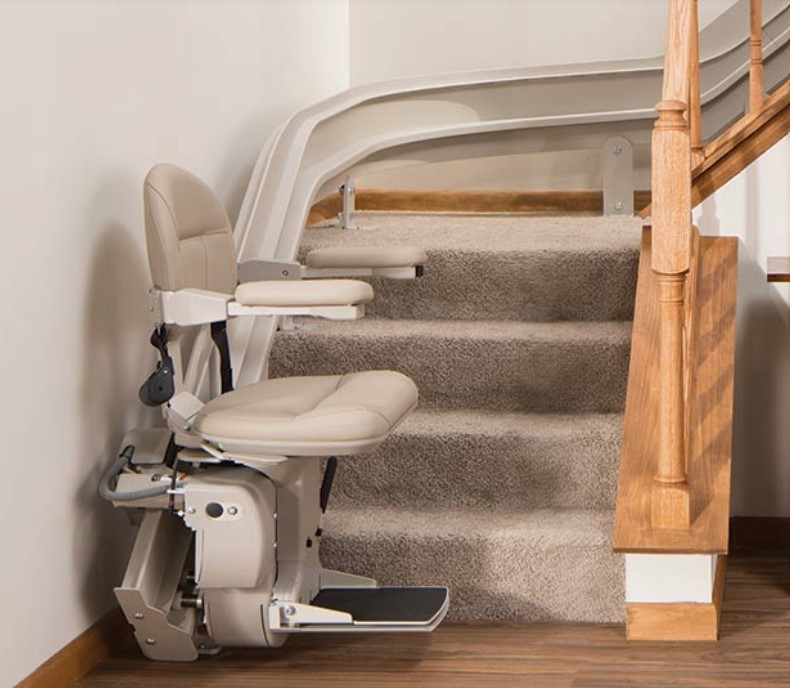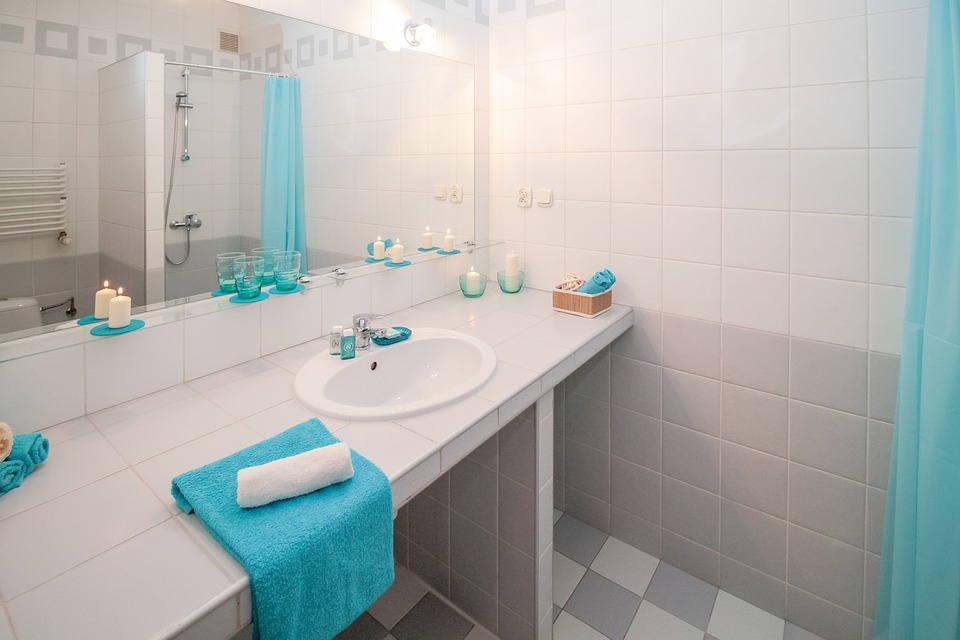In today’s fast-paced world, finding quiet in a busy work environment can be challenging, especially in our work environments. Excessive noise can negatively impact productivity, concentration, and overall well-being. Thankfully, you can implement several effective strategies to reduce noise levels in your workspace. In this post, we will explore various methods that can help create a more serene and focused environment for optimal work performance.
Acoustic Panels & Wall Coverings
Installing acoustic panels in the ceiling or using them as wall coverings is one of the most efficient ways to reduce noise in your workspace. These specialized materials absorb sound and prevent it from bouncing off hard surfaces, thus reducing echoes and reverberations. Acoustic panels can be strategically placed on walls and ceilings or used as room dividers, creating a quieter atmosphere, and improving speech intelligibility.
White Noise Machines
White noise machines are excellent tools for masking distracting sounds in your workspace. By producing a consistent, soothing sound, such as rainfall or ocean waves, these devices can help drown out background noise and create a more peaceful ambience. Additionally, some white noise machines come with adjustable volume settings, allowing you to find the perfect level that suits your needs.
Use Noise-Cancelling Headphones
For individuals working in open-plan offices or shared spaces, noise-cancelling headphones can be a game-changer. These headphones employ advanced technology to actively block out external sounds, providing a focused listening experience. Whether you prefer music, ambient sounds, or simply silence, noise-cancelling headphones can help you create a personal oasis of tranquillity amidst a bustling environment.
Rearrange Furniture & Equipment
Strategically arranging furniture and equipment in your workspace can contribute to noise reduction. For example, placing bookshelves or cabinets against walls can help absorb sound waves and minimise echoes. Additionally, consider positioning noisy equipment, such as printers or servers, away from areas requiring maximum concentration. You can create a more peaceful work environment by creating physical barriers between yourself and the noise sources.
Implement Soft Flooring Solutions
Hard flooring surfaces, such as concrete or hardwood, can amplify noise levels in your workspace. Introducing soft flooring solutions, such as carpets or rugs, can significantly reduce noise by absorbing sound waves and preventing them from bouncing around the room. Additionally, you can use rubber mats or carpet tiles in high-traffic areas to minimise footfall noise.
Establish Quiet Zones
Designate specific areas within your workspace as “quiet zones.” These zones can serve as sanctuaries for focused work, free from distractions and excessive noise. Encourage colleagues to respect these spaces and avoid engaging in loud conversations or disruptive activities. Quiet zones provide a dedicated area where individuals can concentrate and be productive without interruptions.
Communicate Noise Guidelines
Open and honest communication is key to maintaining a quiet, respectful work environment. Encourage employees to be mindful of noise levels and remind them of the impact of excessive noise on productivity. Consider implementing noise guidelines or policies that outline acceptable noise levels and encourage courteous behaviour. By fostering a culture of awareness and consideration, you can create a harmonious workspace for everyone.












Comments